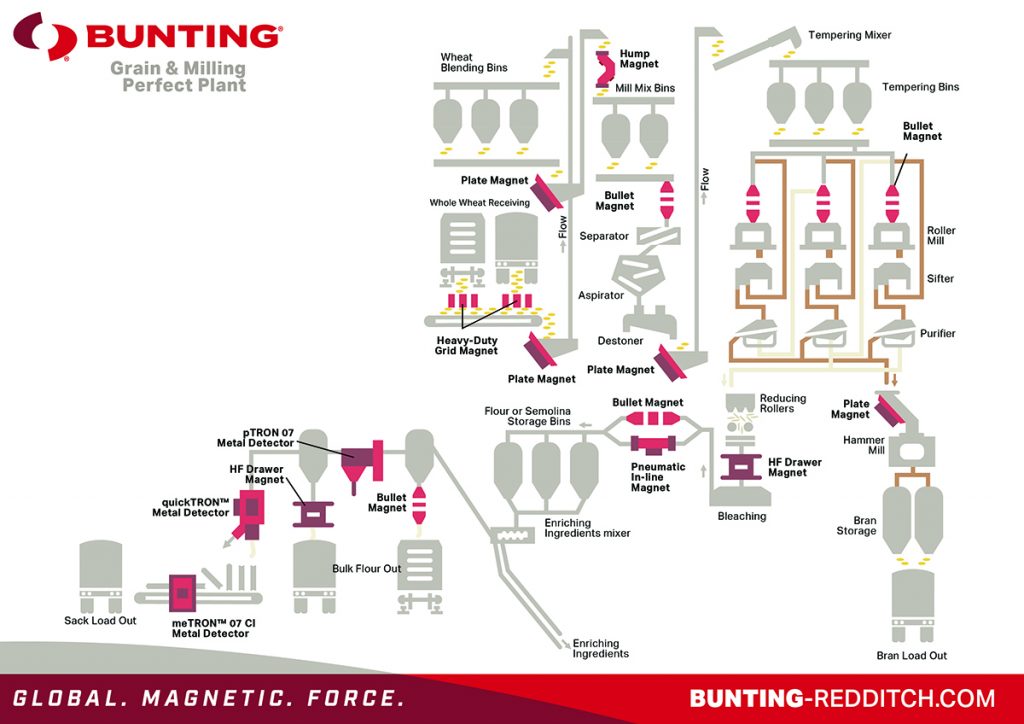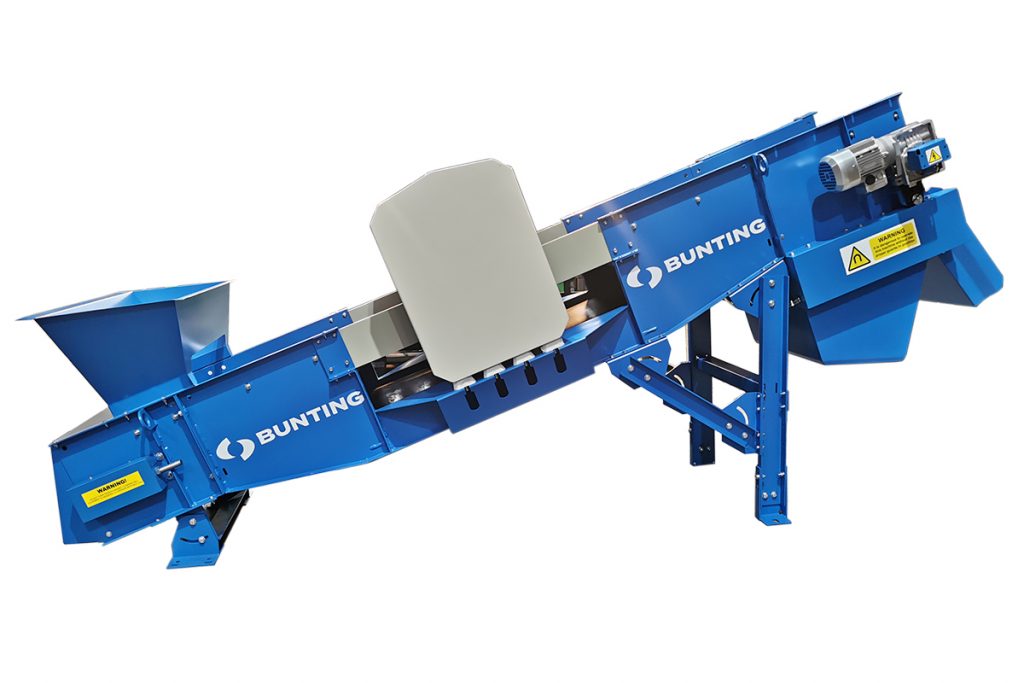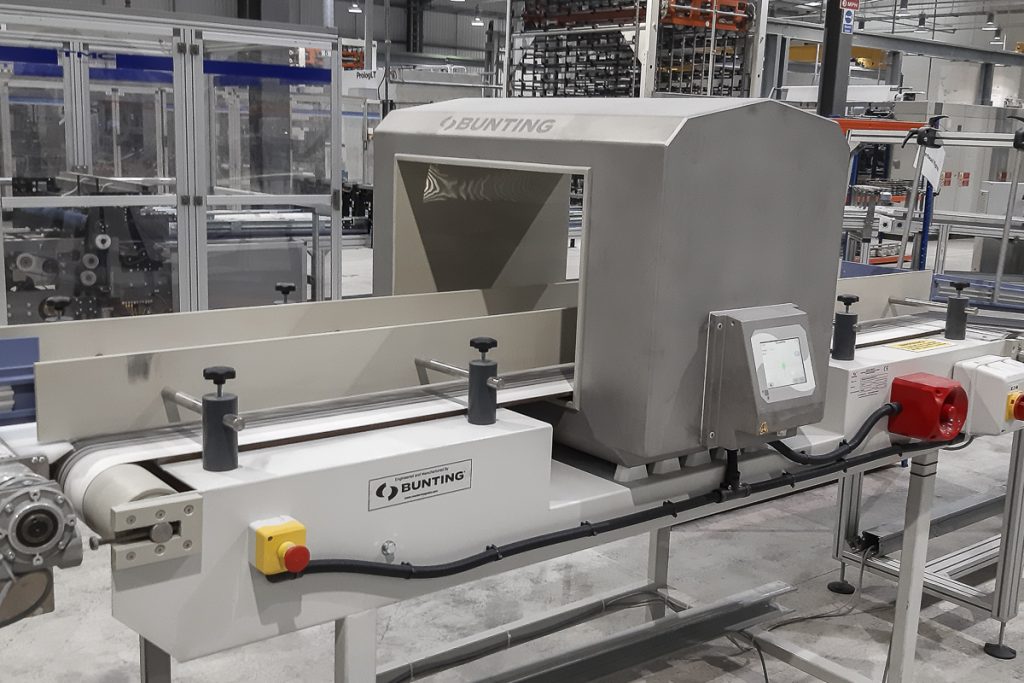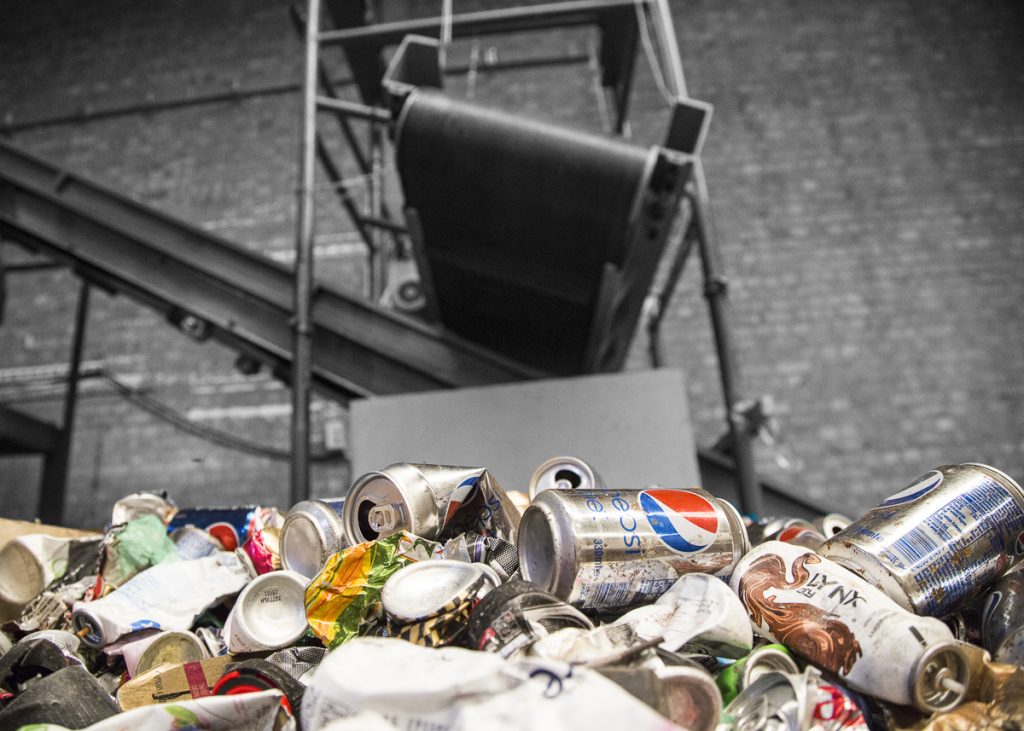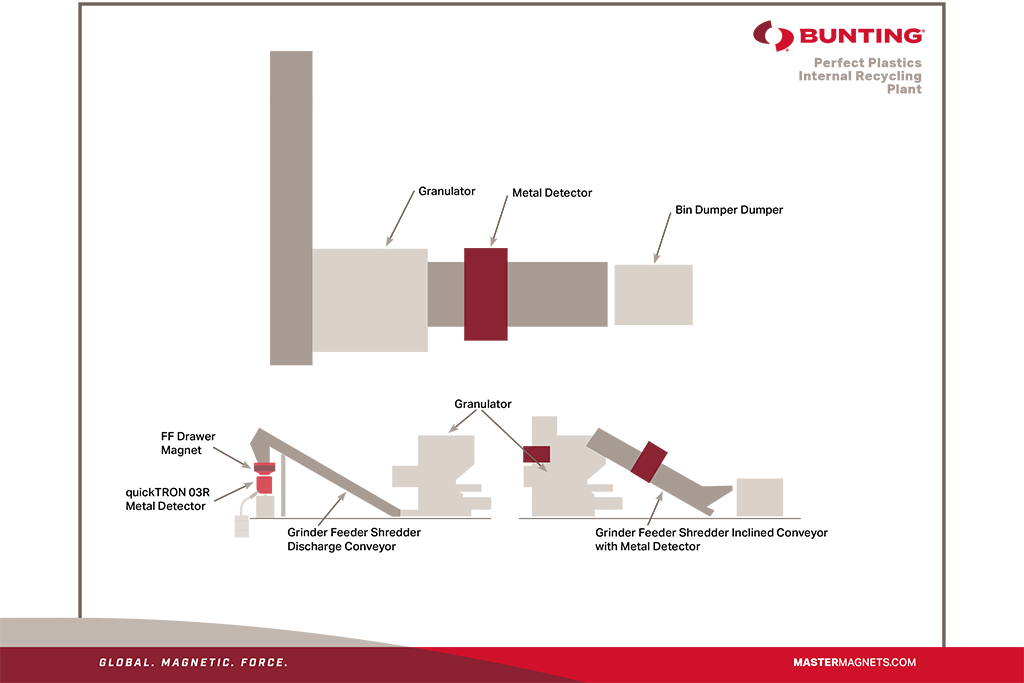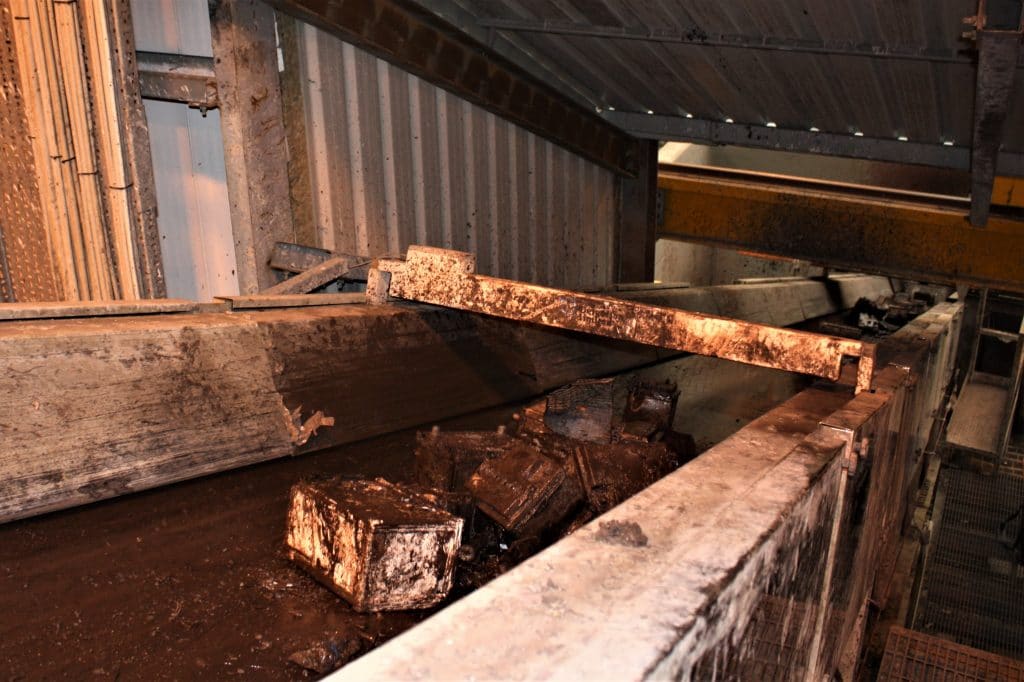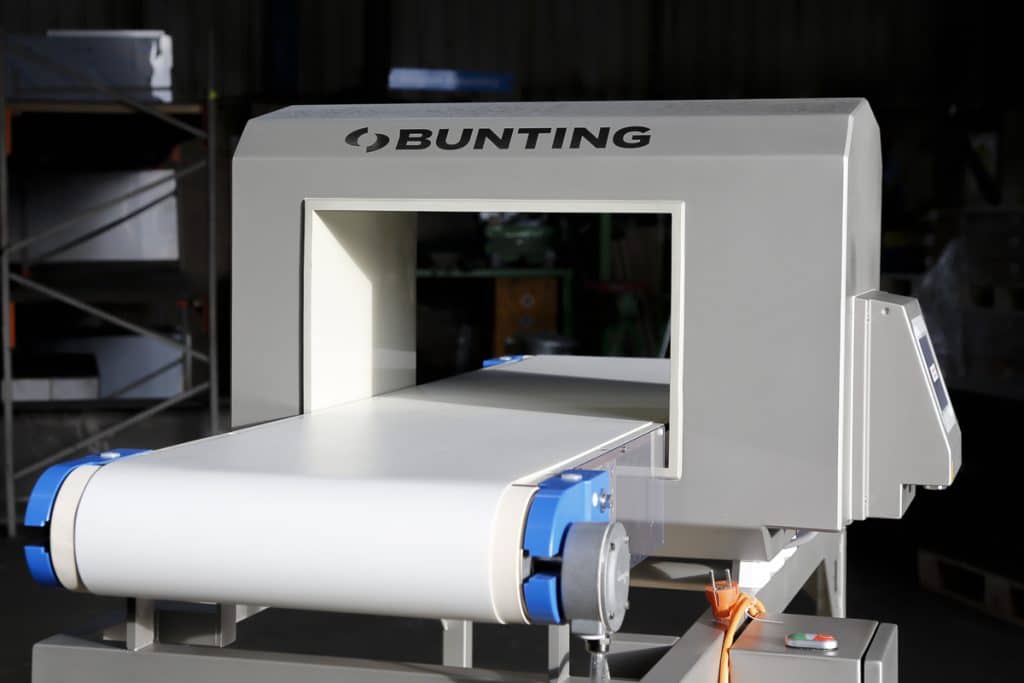Metal Detector
Getting Metal Out of Grain and Cereals
By the time grain and cereals have been collected and delivered to a Milling Plant, it is highly likely that there is metal contamination present. Removing that metal to prevent damage to processing equipment and produce the highest quality end-product is essential and achieved with a series of different designs of Magnetic Separators and Metal…
Read MoreNew Shredder Feeder Conveyor
The new Shredder Feeder Conveyor from Bunting-Redditch combines with either a magnetic separator or metal detector to protect a shredder or granulator from metal damage. Specifically designed for recycling plastics, both in-house regrind and from secondary sources, the Shredder Feeder Conveyor provides an even and controlled feed into a shredder or granulator. The design specifically…
Read MoreTissue Company Installs Bunting Metal Detectors
A UK-based toilet tissue, facial tissue, and kitchen towel manufacturer has installed four (4) Bunting meTRON 07 CI Metal Detectors with integral conveyors. With the health and safety of customers and users being paramount, the new Metal Detectors identify any final packed products contaminated with metal prior to leaving the manufacturing plant. Upgrading Metal Detectors…
Read MoreGetting Metal Out of Beer
Thankfully, it is very unlikely that you will ever find a piece of metal in your glass of beer. However, when tramp metal (in the form of screws, nails, broken process plant, etc.) is accidentally introduced during the brewing process, it damages processing equipment and can even affect the taste of the beer. In this…
Read MoreThe Crusher’s Arch Enemy – Tramp Metal
Crushing quarried aggregate is a key process stage of most quarries and when recycling demolition waste. Effectively protecting the crusher from rogue tramp metal damage prevents production losses and repair costs. The wide range of available crushing technology enables the production of optimally sized aggregate. Whereas Jaw and Gyratory designs commonly feature as primary crushers,…
Read MoreRecycling Growth Dependent on Technology
Annual events such as the UK’s Recycling Week, the Global Recycling Day and Earth Day provide the perfect platform for reflection and planning. Successful and extensive recycling reduces the pressure on the planet’s finite resources, whilst also providing desperately needed environmental protection. Many experts predict that the failure to radically change the way waste is…
Read MoreEnsuring In-House Plastic Recycling Purity
When re-processing in-house plastic rejects and waste, the purity of the final recycled plastic mix must be equal or at least very close to the original raw material. Whether the re-processed plastic is for in-house use or as regrind for resale, the removal of any metal contamination is critical. Successful removal of metal contamination from…
Read MoreMetal Detectors Detecting More Than Treasure
The BBC television series Detectorists has significantly increased the public’s awareness of metal detectors, but many people remain unaware of their importance in the recycling of waste materials. Although the size and design of metal detector used in the recycling industry is different to those used by the enthusiasts on the television show, the basic…
Read MoreSeparating Fine Iron from Powders
Effectively separating fine iron from dry powders is often challenging. Even the strongest magnetic separator may fail to successfully remove the magnetic particles. In order to find a successful solution, it is important to understand the way fine materials behave. Only then is it possible to determine the optimum method to cleanse a powder of…
Read MoreThree High Sensitivity Metal Detectors for Nappies
An Egyptian paper mill has purchased three meTRON 07 CI Metal Detectors mounted on conveyors to detect metal in the tissue paper used as the filler in the manufacture of baby’s disposable nappies. The three meTRON Metal Detectors are identical in size and specification. Each has a 400mm wide belt passing through a 450mm wide…
Read More